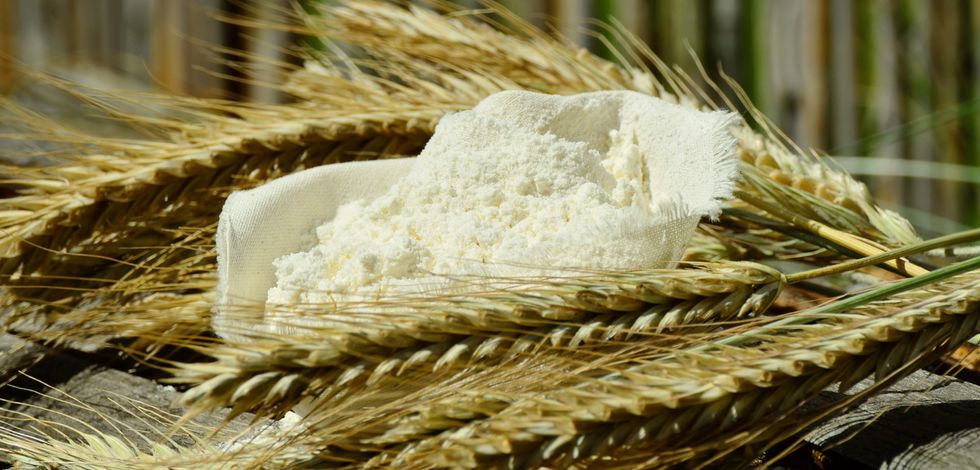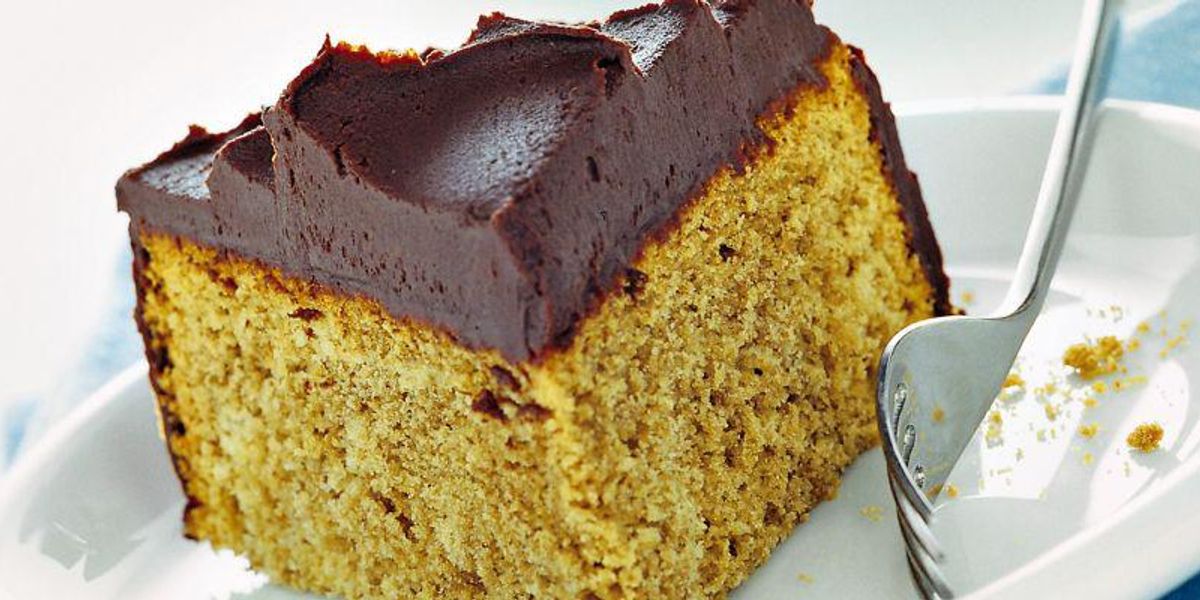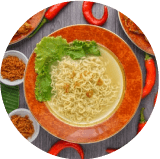
For those who are intolerant or care about health, or simply for those who want to change, the choice in the field of flour is truly vast. We will try to enter this world that is still unknown to many.
Flour is not just 00 . It is perhaps the one consumed habitually, but it is certainly not the most advisable from a nutritional point of view. The grain is in fact disintegrated during grinding and with it all the nutritional elements that compose it: fibers, proteins, starch and mineral salts. IS' therefore a very " refined " flour but also very poor and on the other hand it tends to raise the blood sugar, risking to cause diseases related to overweight and diabetes over time.
How is the flour classified? Depending on the level of grinding (or refining) in addition to type 00, we will then have flour 0 , 1 and 2 up to the wholemeal one, absolutely the most valid from a nutritional point of view; when the grind is made with stone and without overheating, the beans remain almost intact, preserving the nutritional elements that compose it. It is therefore better to vary to have a more complete contribution.
Let's see together what these alternative flours are:
THE INTEGRALS
Rye flour: low in fat, rich in fiber and low in gluten (however not suitable for celiacs) promotes intestinal activity . Ideal for making tasty sandwiches
Rice flour: very digestible and dietetic , it is naturally gluten-free (green light for celiacs) as it is obtained only by grinding rice . Ideal for preparing pastas and cakes , but with particular attention to the fact that, as it contains few proteins , it does not favor leavening.
Buckwheat flour: rich in potassium and magnesium , if taken regularly, it reduces the risk of developing high blood pressure and cholesterol Rich in carbohydrates, proteins and fats, it satisfies immediately and is therefore suitable for those on a diet . Among the dishes that can be prepared with this flour are pizzoccheri and polenta taragna.
Corn flour: depending on the grain (coarse, medium or fine) it takes the name of bramata , foil or cartoon .
The one used for polenta is coveted, while the finer one (cartoon) is ideal for desserts. In nature gluten-free, it is perfect for celiacs.
Whole wheat flour : compared to 00 flour it is richer in fiber because it keeps the bran intact (i.e. the coating of the grain) which contains it in large quantities. It lends itself very well to prepare wholemeal pasta , but also baked products, irresistible desserts such as tart
Spelled flour: with fluidifying properties, it promotes intestinal activity . It is rich in minerals, potassium and magnesium and has a taste similar to flour. Ideal for making cakes, and crushed guest proof! Contains gluten.
Kamut flour: from baked products (including packaged products) to sweets and the inevitable "digestible" version of pizza , Kamut flour is rich in selenium (but also gluten!) And therefore has great antioxidant power. Not sure which one to use? Follow our proposals .
Barley flour: it is low in gluten (but still not good for the intolerant), so it needs to be used together with other flours to make baked goods, but it is rich in minerals and iron. Often indicated for feeding the elderly and children.
THICKENERS
Oats and cornstarch: generous in terms of fiber and therefore ideal for those on a diet (in fact they give a sense of satiety) are often used together with other flours, and as thickeners for creams and velvets.
Those who love sweets can try their hand at preparing vanilla biscuits
Potato flour (or starch): obtained from a potato dehydration process, it is very rich in starch and therefore also excellent as a thickener
Teff flour: always used in combination with other flours, teff (the name derives from the seed) is used a lot by the bakery industry.
They are all "Gluten free"!
THE FLOURS OF THE LITTLE ONES
Millet and tapioca: widely used for newborns, highly digestible and with undisputed vitamin properties, millet also provides a good amount of silicon , which helps improve hair, nails and skin.
They are gluten-free flours.
SWEET FLOURS
Almonds, hazelnuts and chestnuts: with chestnut and almond flour and the help of a mixer , we can also create the corresponding creams at home. Green light then to sweets worthy of the best chefs! Chestnut flour it has a slightly sweet aftertaste. However, it is ideal for preparing both sweet and savory dishes. One for all? The castagnaccio !
PROTEIN
Legume flour: deriving from the ground of legumes such as peas, chickpeas, lentils, beans etc ... it has a high protein intake and is therefore suitable for the diet of sportsmen , vegetarians and in all cases where a greater intake is required protein. It is gluten-free and therefore also perfect for gluten-free pasta variations, but also for those on a diet!
Amaranth flour: also rich in proteins and saliminerals, it also contains lysine , an amino acid that helps the formation of muscle tissue.
Chickpea flour: gluten-free, ideal for preparing first and second courses and main ingredient of the famous chickpea farinata
AND FINALLY
Manitoba flour: it is very rich in gluten and therefore lends itself well to doughs and leavening and therefore very suitable for desserts.
Soybean flour: it is gluten-free and is obtained by grinding toasted soybeans. Loved by the " vegetarian people ", but also very popular in Asian restaurants. In fact, many people appreciate the famousnoodles , or soy noodles.
The flour is therefore not only 00, to each his own!







